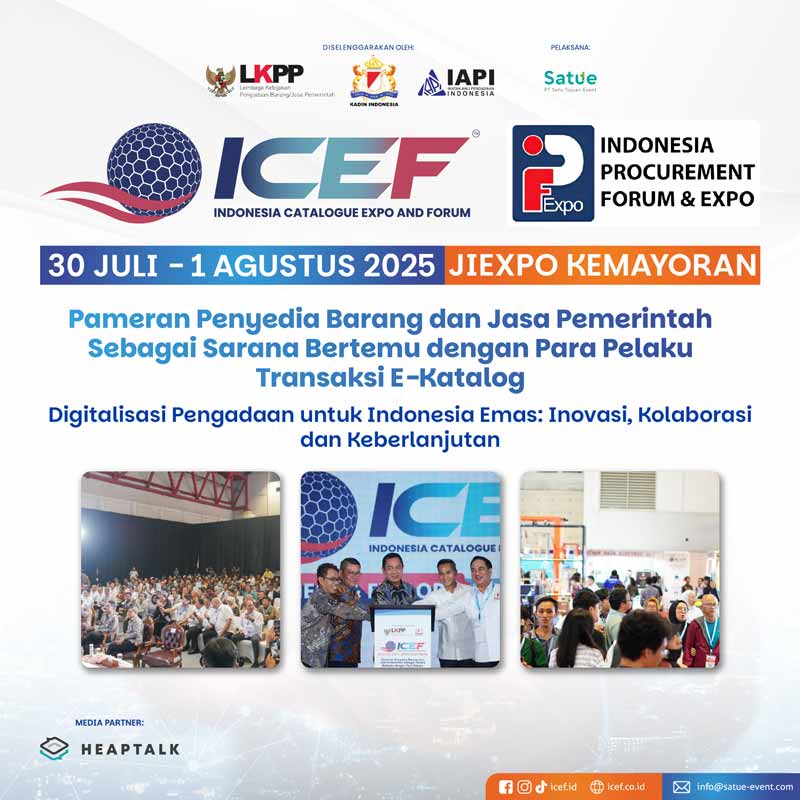“… We must understand how to use Artificial Intelligence (AI) technology deeply, as this technology will not replace us. We will only be replaced by people who know how to use AI.”
Heaptalk, Jakarta — The diversity of cyber criminals continues to increase, and no slowdown. According to the CEO of NetAssist, Fun Ping Hon, the cyber threats enhancement has discovered new victims, spanning big companies, small and medium enterprises, to multinational companies, are being compromised through ransomware attacks, data leakage, or identity tech.
Hon viewed the impact of the cyber attack comes from different cyber threat types — for instance, Phishing issues as the first of any cyber attack- delivering the most hazardous cyber threat type that generates terrible impacts for organizations. The CEO claimed this attack could encourage people to click on several links allowing cybercrime to control the machine.
He added, “Once it happens, these cyber attacks can do many different types of cybercrime, either planting ransomware or for a certain machine where they are connected to heavy machines, or Operational Technology (OT). More terribly, they can even manipulate a few of the OT or IoT detection sensors.”
To minimize the cyber attacks in the digital ecosystem, the CEO of this cybersecurity provider company, who also is also on the BOD Advisory for MCION 2023, admitted that NetAssist company continues to transform, one of which is using the support of cybersecurity talents and Artificial Intelligence (AI) technology implementation.
“I want to see cybersecurity innovation from a different angle where we discuss innovation in the business model. Our innovation is trying to build a business platform where a cybersecurity talent can deliver service to our platform. Still, end users will be able to work with us, and give the trust in us, engage us for these cybersecurity services,” Hon said.
Artificial Intelligence (AI) for cybersecurity
In terms of the business sector, Hon noticed multiple companies that have adopted AI technology for over a year. Typically, they utilize the technology in endpoint detection to assemble the data.
Based on Hon’s perspective, the user’s PC has different aspects of data, from the operating system to the application, behavior, and network. Hon emphasized that this data-collecting processing and behavior analysis within the data collected is quite complex to be performed by humans. For this reason, He recognized that using AI technology is the right move to resolve the existing issues around the cybersecurity sector.
“When we come into our own AI engine, we can conclude more quickly as we just need to do quality control, so that we can speed up our response to the respective customers in taking their actions sooner than it used to be,” Hon added.
Hon revealed that AI technology is deployed on two levels based on utilization. The first level is the respective technologies with multiple AI detection mechanisms. He considered that people have the technology, such as Endpoint Detection and Response (EDR). Through this technology, people are putting several artificial intelligent mechanisms to look into all the window services, registry activity, and endpoint activity to detect abnormal behavior and reflect out.
In terms of the second level, Hon explained that NetAssist provides a Security Operation Center (SOC) facility to implement AI technology, whereby once the detection comes in, the company can operate AI to investigate further after previously gathering a few data points from the network layer, the firewall logs, web, and dark web conventionally.
“AI is easier and faster to do the level one detection. Of course, there is still not 100% guaranteed accuracy. That is why SOC operators need to jump into the second level to do verification and make sure whatever detectors is not a false positive,” Hon said in his statement.
Although many people have recognized the potential of AI technology in carrying out work efficiently, one of which is in the cyber security sector, Hon believes that companies still need humans to know how to use AI and develop it so they can detect attacks. He sees that at this stage, many false positives still need to be monitored by humans. In addition, driving analytical data to GPT or AI curves still poses a risk of data leakage potential through this technology.
“These problems are not being solved; we still need talent to overcome them. Thus, we viewed that AI will not replace our job in the future, but it will be replaced by people who know how to operate AI technology. If you want to fix a sustainable career development, even though cybersecurity, the practitioners of this sector need to cross their border to comprehend in utilizing AI, with various algorithms, and different patterns and behavior,” Hon admitted.
To fortify the integration of AI into cybersecurity, the NetAssits’ leader looks forward to the entire realms, including senior cybersecurity practitioners, to escalate their knowledge of AI technology on how the company operates AI to detect a cyber threat and remediate the problem effectively.
“The first thing we need to innovate is how to take these resources to deliver cybersecurity protections to the end user. The second is AI, which will bolster us to be more secure. We must understand how to use Artificial Intelligence technology deeply, as this technology will not replace us. We will only be replaced by people who know how to use AI.” concluded Hon.














